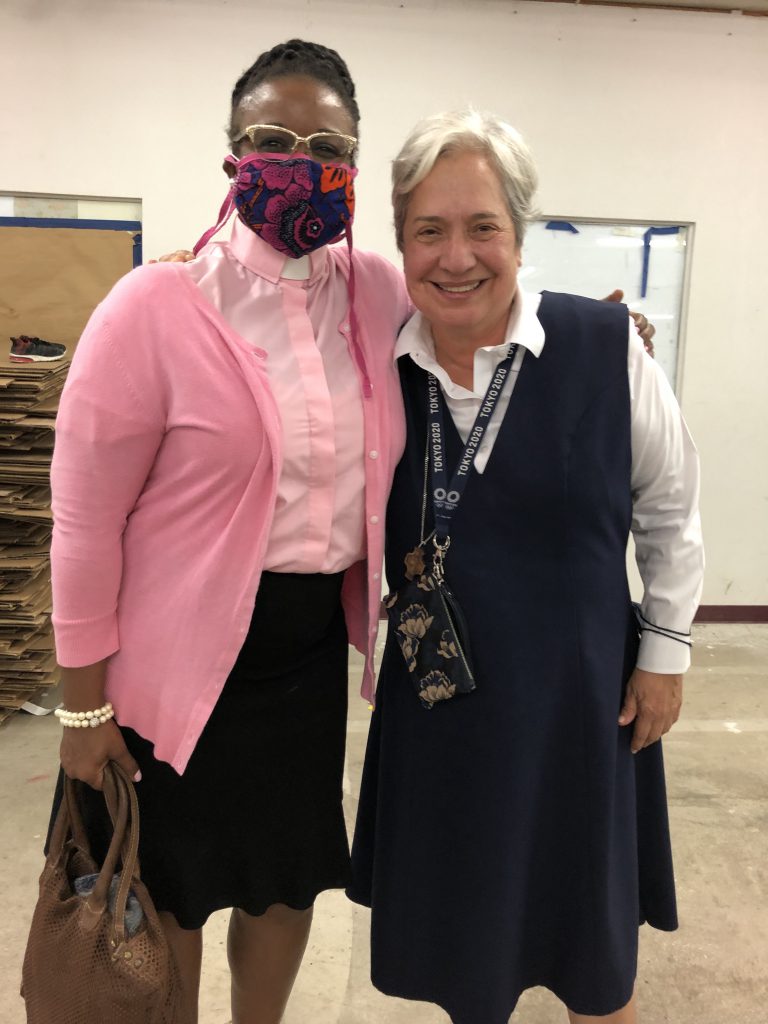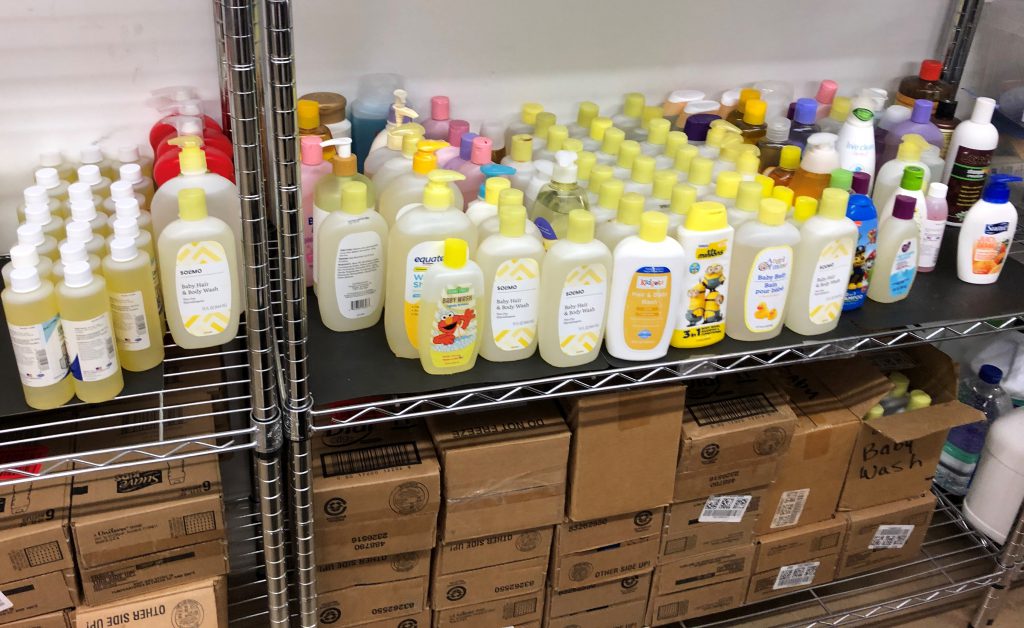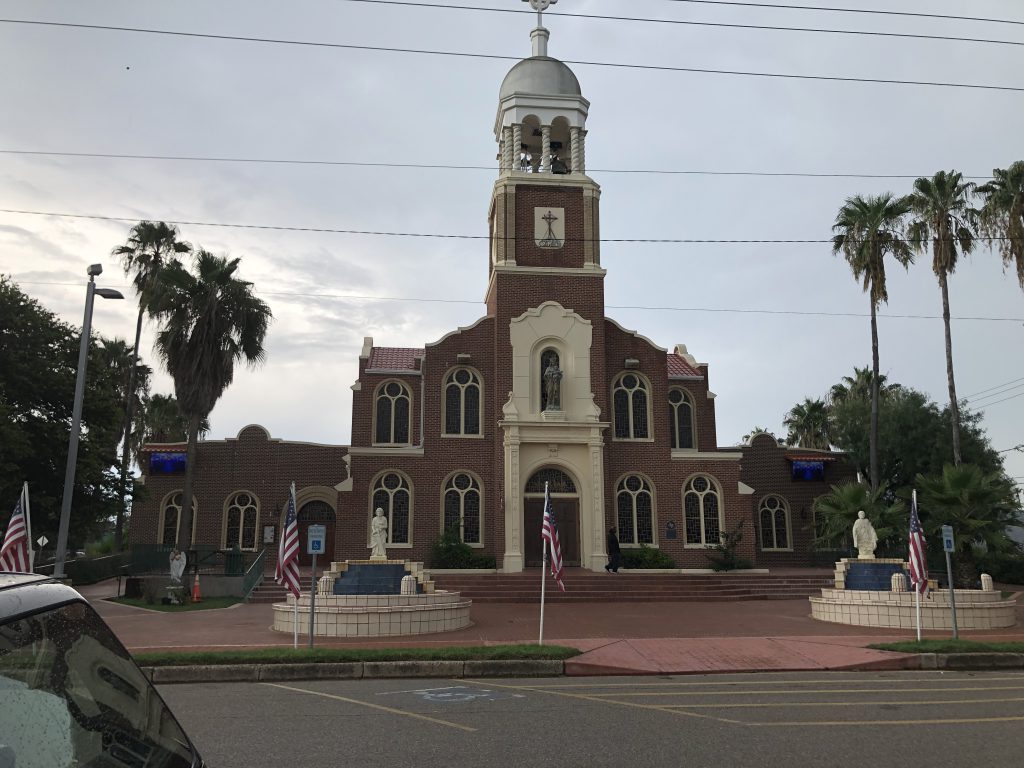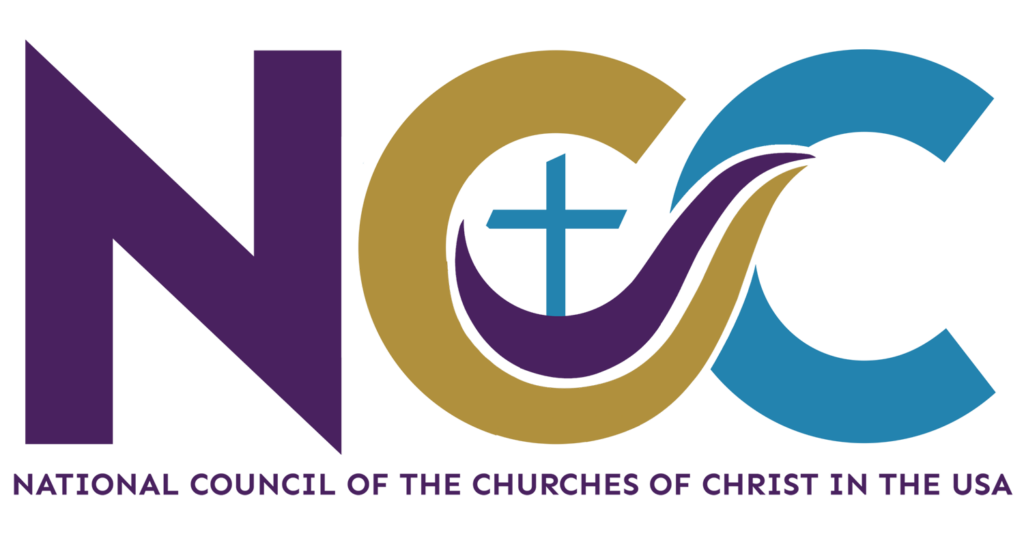Report of Emergency Food and Shelter Program (EFSP) National Board Site Visit
McAllen, Texas, July 28, 2021
Submitted by Rev. Ebony Grisom
Introduction
Congress established the Emergency Food and Shelter Program (EFSP) in March 1983 to respond to the nation’s homelessness crisis. EFSP reimburses a variety of services in order to assists communities who have experienced non-disaster related emergencies. A National Board sets EFSP’s policies and guidelines, and allocates Congressional funds to local agencies. In turn, they assist distressed communities. The Federal Emergency Management Agency (FEMA) chairs the National Board, which includes six human service and/or faith-based entities: American Red Cross, Catholic Charities USA, The Jewish Federations of North America, National Council of the Churches of Christ in the USA, The Salvation Army, and United Way Worldwide. Each agency has one or two representatives on the National Board. Rev. Ebony Grisom is NCC’s representative. United Way serves as EFSP’s Fiscal Agent and Secretariat, hence responsible for EFSP’s daily administration. The other agencies attend a monthly business meeting, and conduct site visits biannually to communities who have received or are receiving ESFP grants.
Migrant Crisis
In July 2019, EFSP received $30 million from the Emergency Supplemental Appropriations for Humanitarian Assistance (SAHA) and Security at the Southern Border Act in response to the growing migrant crisis on the southern border. The funds provided humanitarian relief to families and persons who encountered the Department of Homeland Security (DHS). The National Board created a separate program to disperse these funds, which included targeting states most impacted, crafting an application process, and awarding local agencies serving impacted communities. This process allowed EFSP to distribute millions of dollars to agencies responding to the crisis. It also provided the framework to manage an additional $110 million from the American Rescue Plan Act (ARPA) beginning in March 2021. To date, EFSP has allocated roughly $50 million of the ARPA funds.
Site Visit
The National Board has visited EFSP has conducted at least two site visits since distributing SAHA funds. NCC was among the three National Board members who traveled to the most recent site visit to Mc Allen, TX, on July 28, 2021. In addition to visiting sites that received EFSP grants, the National Board convened a meeting with local board members. The United Way of South Texas hosted National Board members (mostly from the DMV) and local board representatives from Arizona, California, New Mexico, and Texas. The meeting provided a program overview, information about how to (re)apply for SAHA and ARPA, general Q&A, and a presentation from Sister Norma Pimentel of Catholic Charities of the Rio Grande Valley (CCRGV). Among the more sobering moments happened as Sr. Norma shared her work’s trajectory. Beginning in earnest in 2014, CCRGV and other local agencies on the border served migrants for years without any/significant financial assistance from the federal government. I developed a new appreciation for EFSP’s necessity and the power of the Church’s witness.

After the meeting, the group visited two sites that assist migrants currently. CCRGV is one of the busiest locations in the area, serving roughly 1200 migrants daily. A mere half mile from the DHS border site, it offers…. hence serves upwards of 1200 migrants (its capacity) daily. They provide COVID tests to newly arrived migrants, help to arrange transportation to their family members in the States, meals in the interim, and a place to begin recovering from the journey. We toured four separate building where operations occur. The Respite Center (and former nightclub!) is easily accessible because it is located conveniently across the street from the bus station. The testing facility is separate from the Respite Center, which is separate from the place where newly arrived migrants begin contacting their family. Everyone goes to the testing center first to receive a rapid COVID test: its results determine whether/when they move to the other buildings.
We arrived on a busy day, as most days tend to be there. We walked through scores of people who were sitting in chairs and on the floor. We huddled closely so that we could hear the volunteers speak above all the other sounds. A voice speaking Spanish over a microphone commanded everyone’s attention, as did crying babies all throughout the space. As we walked through the building stepping over toddlers and half eaten apples, it was clear that CCRGV needs a larger facility. Eventually we ascended two flights of stairs to enter an empty, expansive room. Sr. Norma is in the process of getting building permits to make it sleeping quarters. They serve family units, single mothers with children, and unaccompanied minors. As a result, they are unable to serve men traveling alone. If they see 1000 people in a day, Sr. Norma estimates that 500+ are minors. They see unaccompanied minors as young as 5 years old.

We walked across the street into the warehouse, where volunteers sort and arrange donations. They had just about anything that one can imagine, but many things that I did not expect to see. Dozens of bottles of baby wash, powdered infant formula, more packages of single-use diapers than my eyes could process. Persons even donated enough lip balm to fill two, twenty-gallon tubs! That makes perfect sense, and yet some of us agreed that we would not have thought of it. The warehouse also has clothes, sleeping bags, personal hygiene products, and cleaning supplies. The room is highly organized, which puts people’s generosity on full display.
From there, we visited a local parish Mission, TX over who has begun receiving migrants who overflow from CCRGV. Therefore, all the migrants who come there have already been processed (and COVID negative). Our Lady of Guadalupe serves about 300 migrants nightly, from about 5PM- 11AM. They provide two meals, showers, and a place to sleep. The parish hosts the migrants in its defunct parish school: classrooms are now sleeping rooms (complete with Church World Service blankets), and the monkey bars in the school’s park is alive with children’s laughter once again.

The parish runs their operation strictly from volunteers and donations from its members and the community. It is located in a residential community, so their neighbors began leaving various donations when they began to see (and hear) scores of children playing in the once defunct playground. Our Lady of Guadalupe is an active parish: they offer seven masses daily while running a migrant shelter largely by faith. It is not an EFSP-funded organization currently, but they are perfect candidates. We hope to receive their grant application during the next cycle.
Conclusion
The National Board site visits are usually longer than one day. COVID hampered our ability to travel, but we thought it important to visit McAllen at this time. It is a perfect example of a site that helps us to articulate EFSP’s import with lawmakers. It also allows the National Board to see the fruits of our labor. Spreadsheets do not tell the whole story. Hearing their stories directly from them allows us to amplify their voices on Capitol Hill. Site visits allow us to see truly those who benefit most from EFSP, and move us with compassion to continue acting on their behalf.
